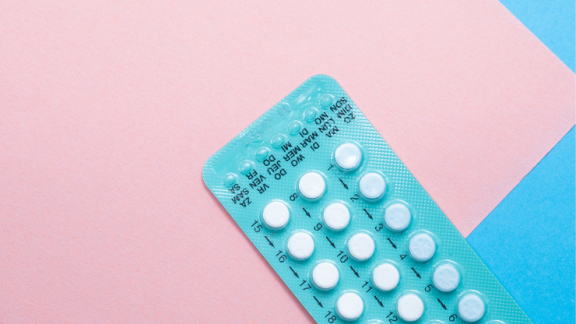We can all agree that a lot has happened in 2020 – but let’s not forget that this year also marks the 60th anniversary of the game-changing contraceptive pill. For 60 years, “the Pill” has been approved for use in the US market, changing the face of reproductive control for millions of people since.
Although taking a few years longer to become widely available to all women, the Pill was the first oral hormonal contraceptive – and the massive impact of this tiny pill cannot be understated.
It allowed women to take real ownership over if and when they had children, and how many they had, giving them control over their lives in a way that had never been seen before. As a by-product, the Pill also enabled its users to make freer choices about other aspects of their lives, such as their careers, education, and sexual habits, and we can see why it remains one of the most popular forms of contraceptive to-date.
How it works
The way the Pill works is that this hormonally active medication is usually taken on a daily basis. They contain either two hormones combined (progestogen and estrogen) or a single hormone (progestogen), and they generally work by suppressing ovulation, and causing a thickening of the cervical mucus, blocking sperm penetration.
The Pill is 92-99% effective, offering continuous protection against unintended pregnancy when used consistently and correctly. It also produces regular and shorter periods (and frequently a decrease in menstrual cramps), and it can protect against ovarian and endometrial cancer, ectopic pregnancies and infections of the fallopian tubes.
Possible side effects include nausea, breast tenderness, mild headaches, weight gain or loss. Very rarely, it can lead to serious health risks (e.g. blood clots, heart attack, and stroke), and risks are higher for women over 35 years who smoke.
It’s important to note that the Pill does not protect against sexually transmitted infections (STIs, including HIV). To protect against STIs, an internal or external condom must be used. Learn more about how the Pill works.
What next?
For years, many people have been calling for a “male Pill”, due to the limited number of contraceptive options available to men beyond condoms and a vasectomy. This often places undue pressure on women or people with uteruses to be “in charge” of contraception – although it is important to note that it is, in fact, everyone’s responsibility.
Research is ongoing into contraceptive solutions for men, including pills, injections and gels, but so far none have made it to public use.
Thus the Pill remains one of the most trusted and widely-used forms of hormonal contraception, and in the troubling face of challenges to reproductive freedoms, we truly hope that this vital component of healthcare remains freely available to all who want and need it.
when
Subject
Contraception










